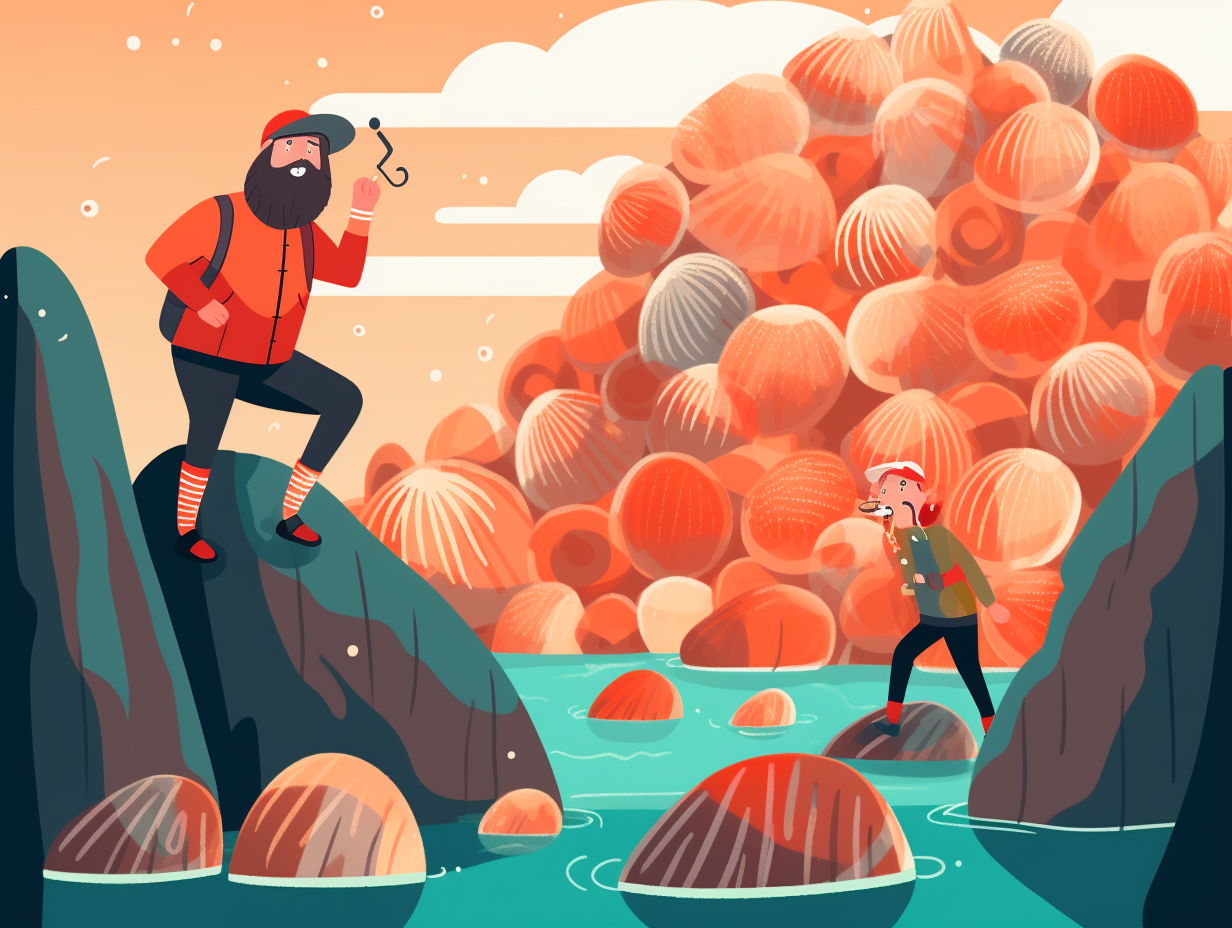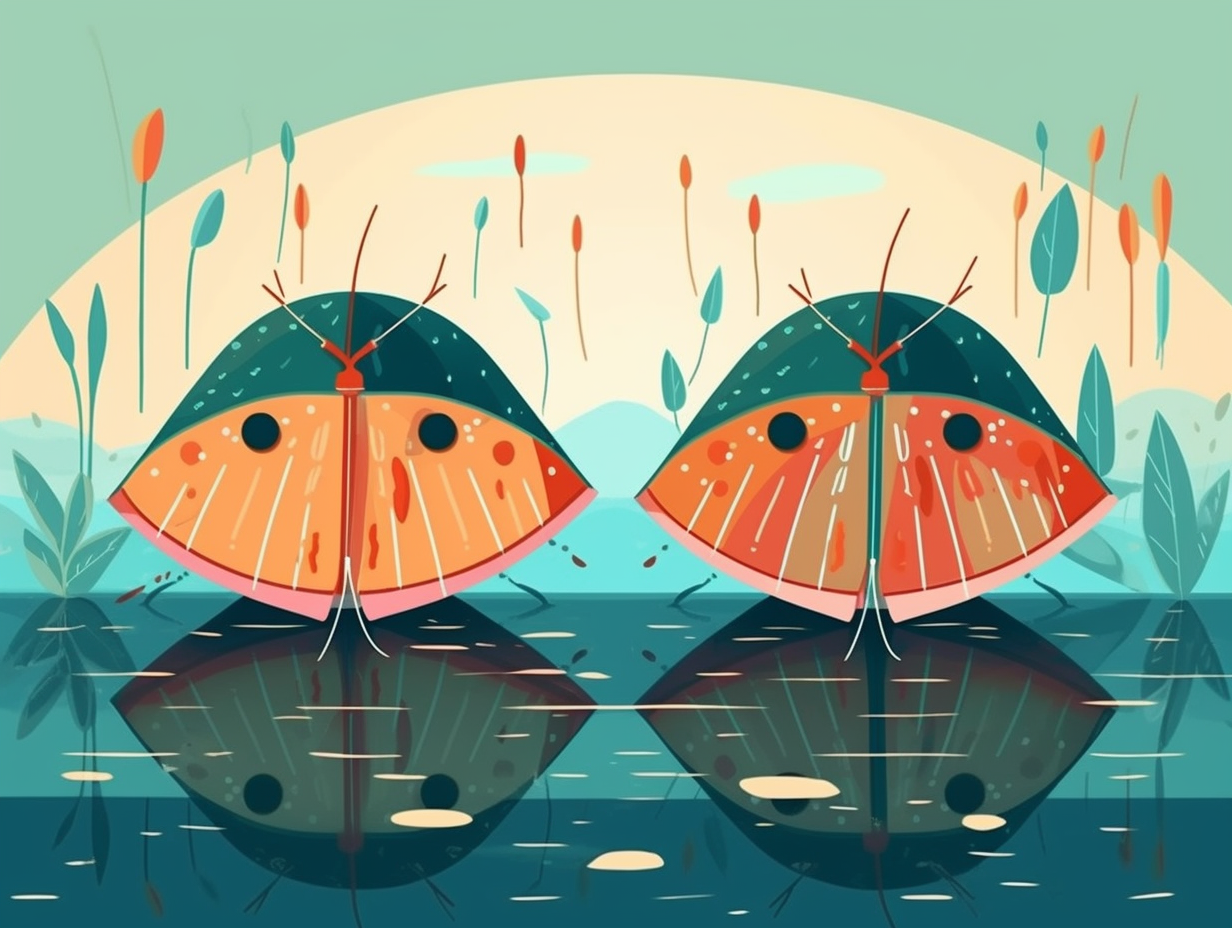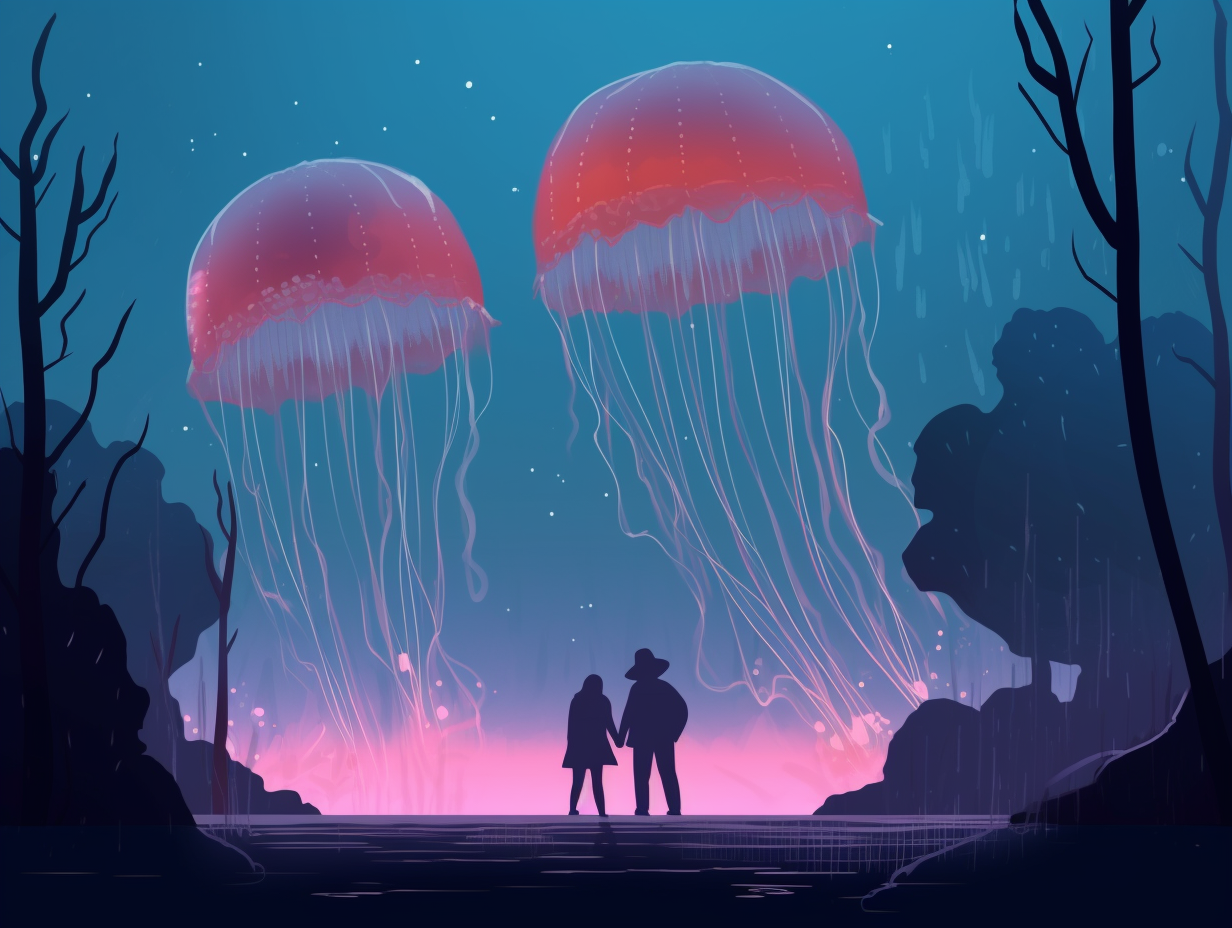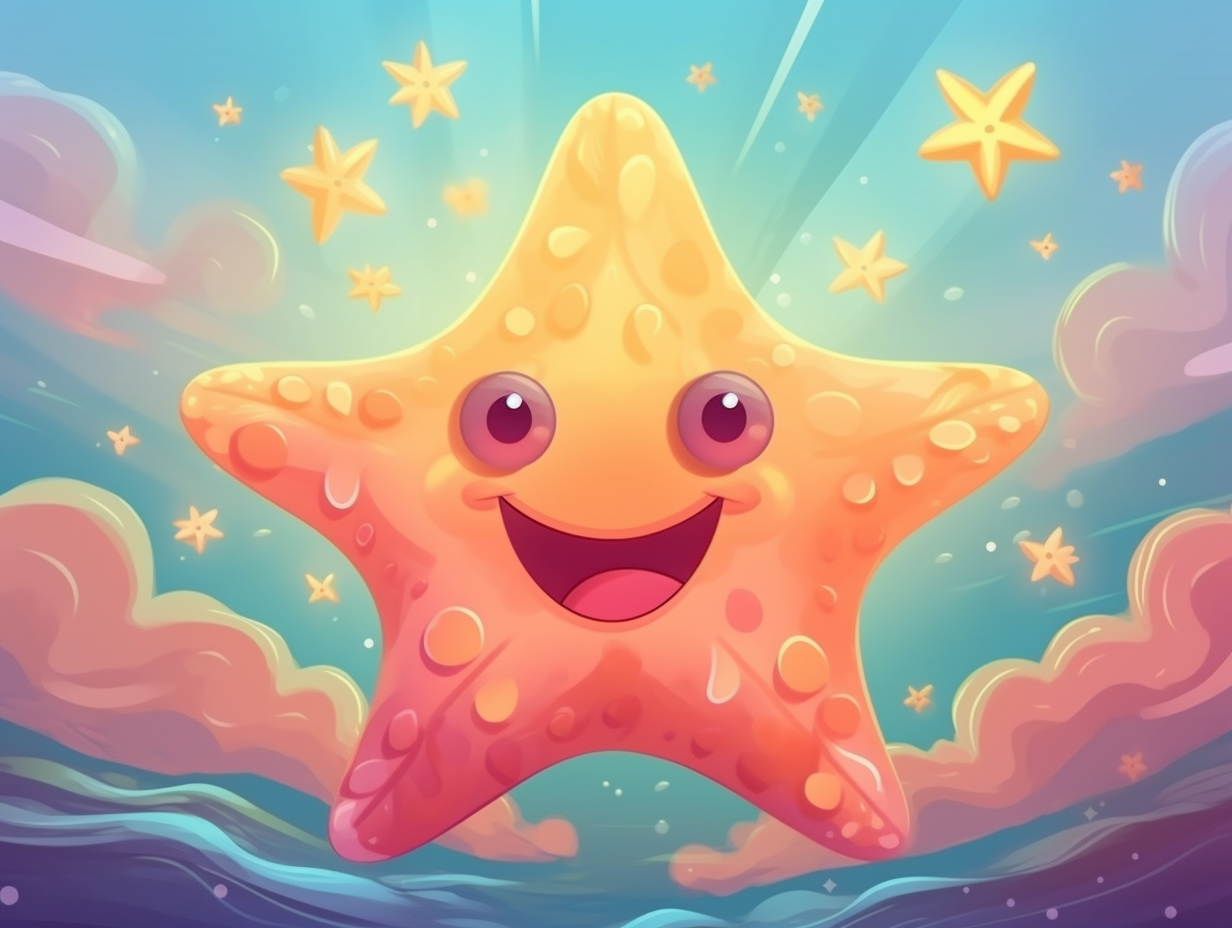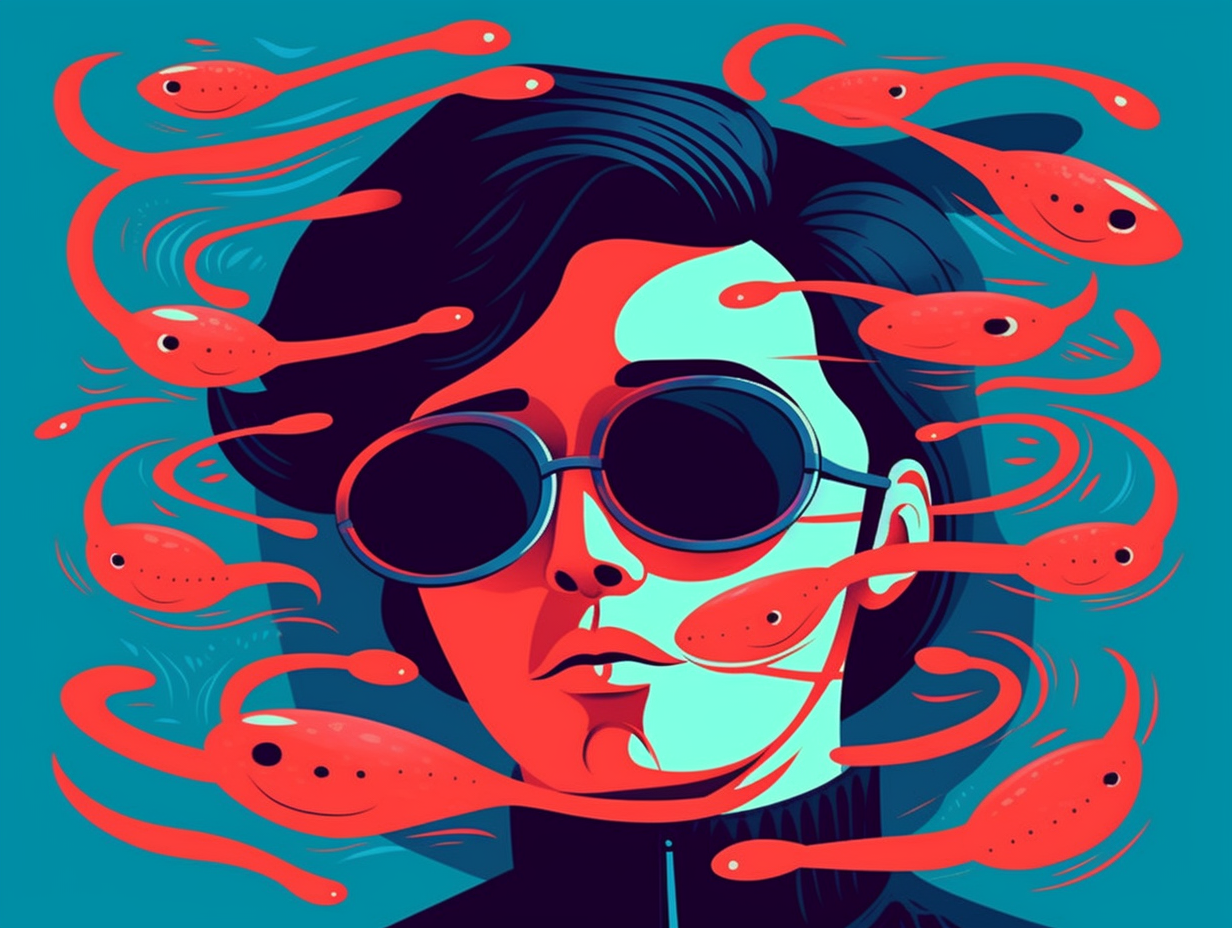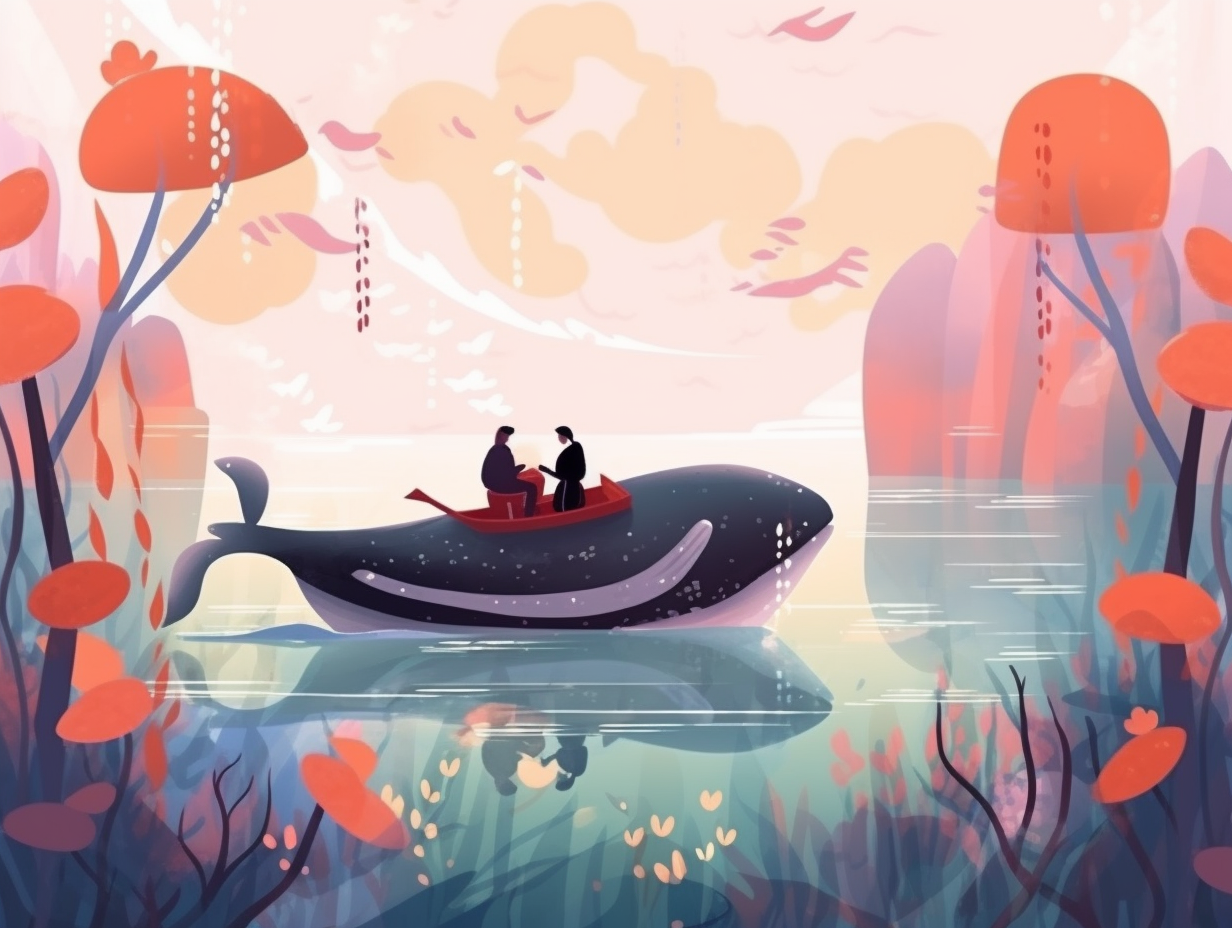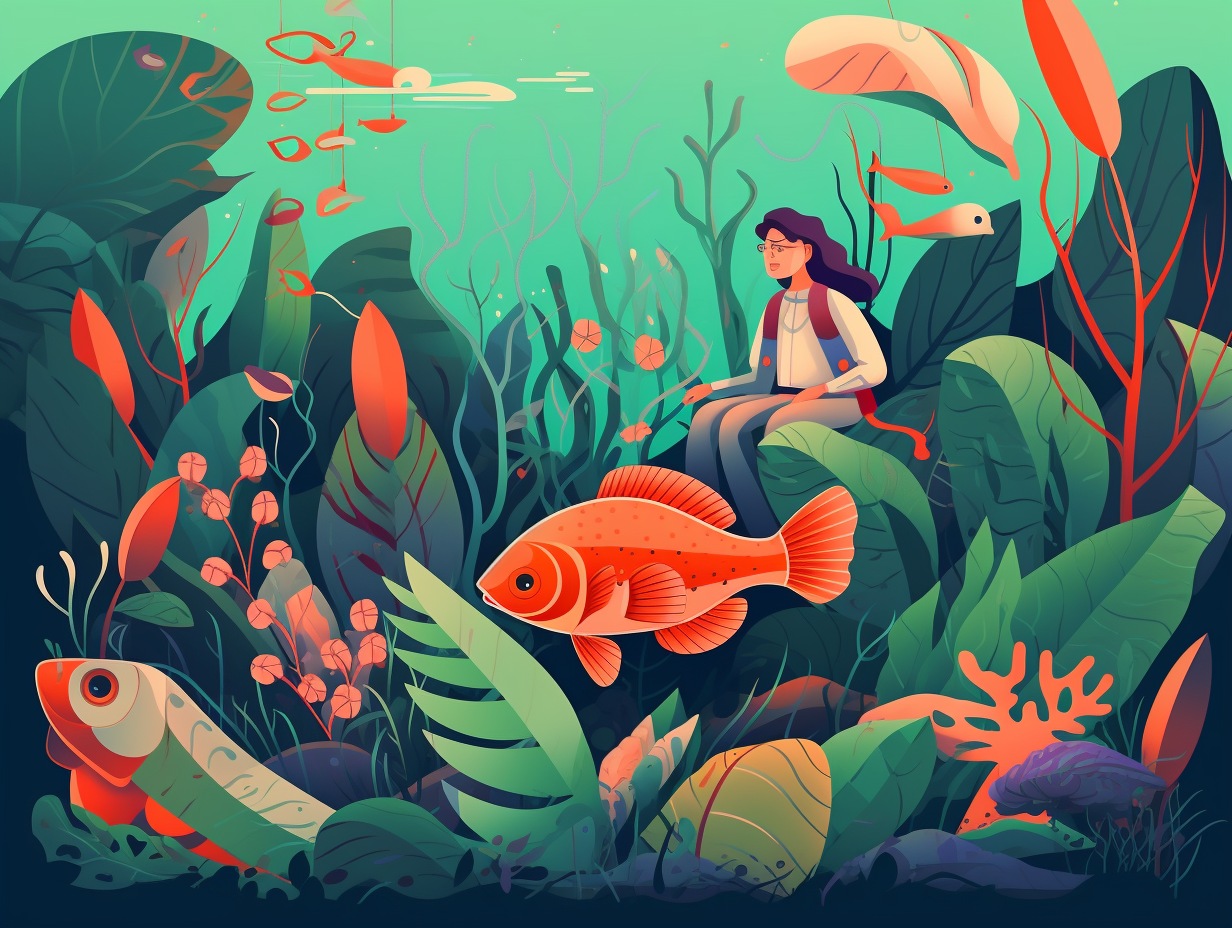Discover the Underwater World: Top 12 Fascinating and Fun Facts About Crustaceans
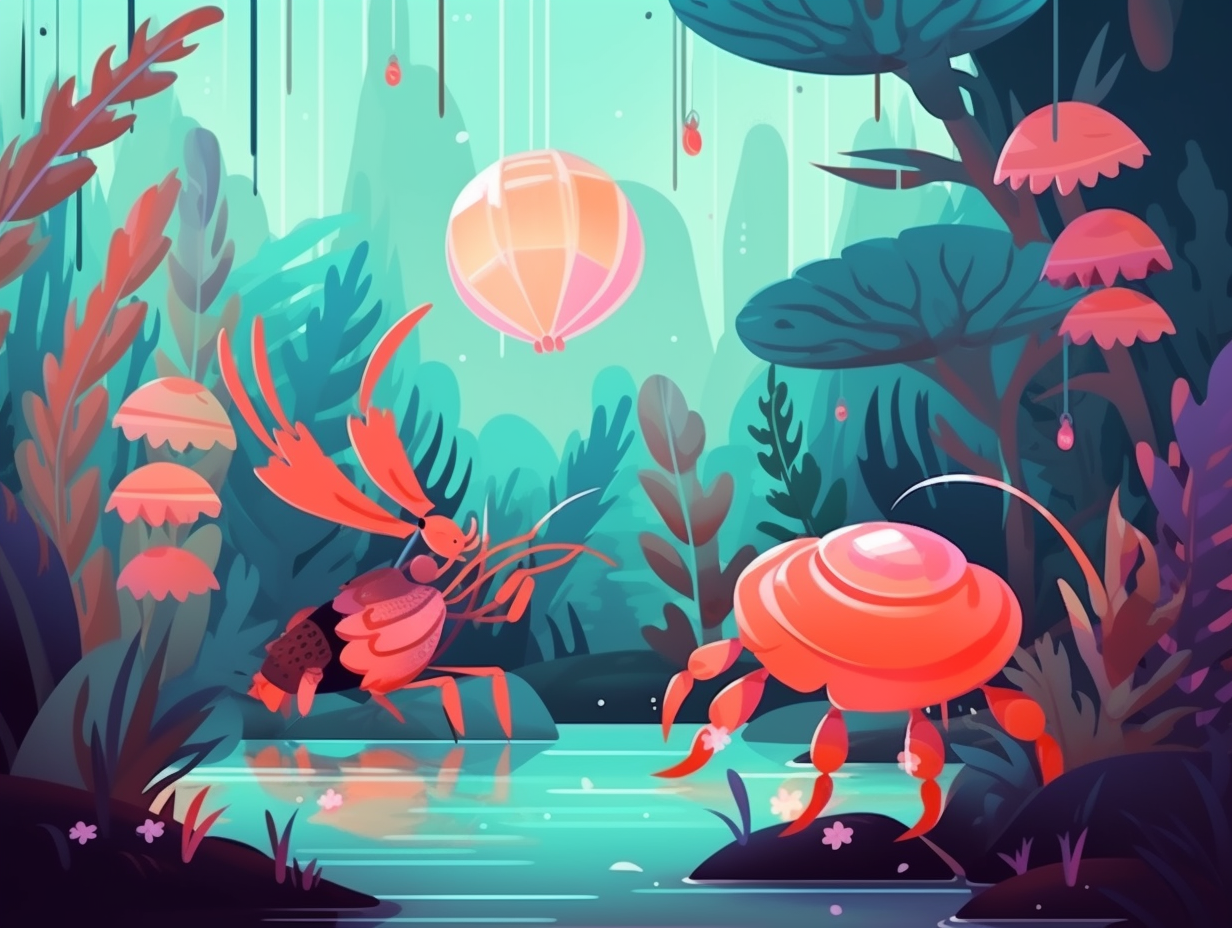
1. Crustacean Club: 67k Species Strong
Lobsters, crabs, and shrimp walked into a bar, but little did they know they were just the tip of the crustacean iceberg: These popular shellfish pals are but a small fraction of the over 67,000 species in the crustacean crew, which includes petite 0.1 mm seed shrimp, massive 3.8 m leg spanners, ancient Cambrian fossils, and marine ecosystem VIPs – not to mention the shrimp and prawns that frequently grace our dinner plates.
Source => en.wikipedia.org
2. Fashion-Forward Shell Shedders
Did you hear about the crustacean's incredible wardrobe changes? They are the ultimate fashion-forward sea critters, enlarging their wardrobes, shedding old shells, and strutting their new exoskeletons like it's New York Fashion Week: During the molting process, crustaceans shed their old exoskeletons and form new ones to accommodate their growth; this is regulated by hormones like molt inhibiting hormone (MIH) and ecdysteroids, and involves a sesquiterpenoid compound called methyl farnesoate, which stimulates the synthesis and release of ecdysteroids from Y-organs. So, while these sea fashionistas may appear to be donning a "roomier upgrade," they actually undergo multiple molts to reach their final fabulous size.
Source => omicsonline.org
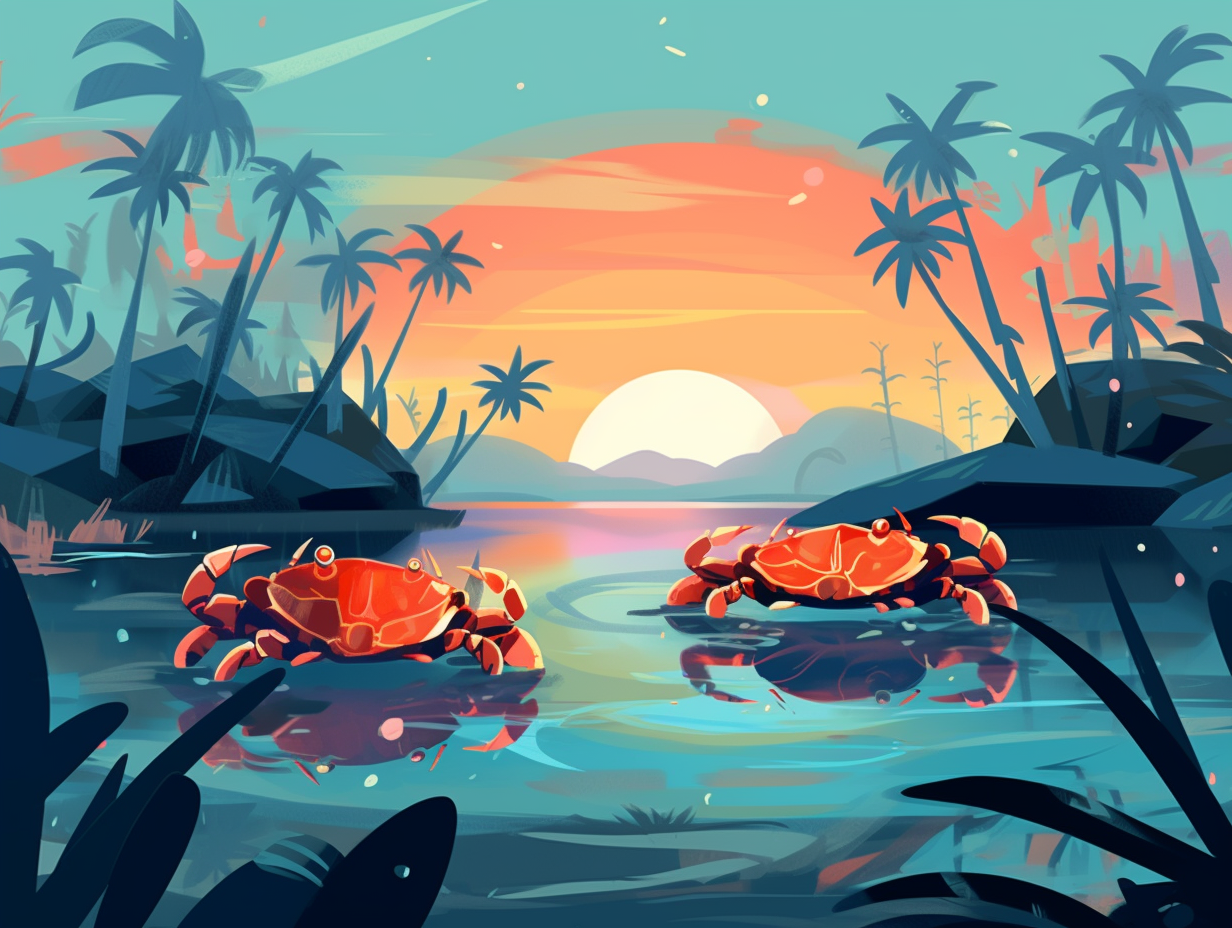
Did you know that crabs are masters of undressing and redressing? Discover their intricate four-stage molting cycle and how it's essential for their growth and survival! 🦀✨
=> Fun Facts about Crabs
3. Underwater Beats and Acoustic Communication
Next time you're feeling a bit crabby, remember this: our crustacean comrades, such as fiddler and ghost crabs, can jam to their own beats by drumming or tapping on solid surfaces while chilling on the shore, not to mention aquatic party animals like cleaner shrimp shaking things up underwater with a round of applause from their claws. Why, you ask: it's their own unique way of acoustic communication, because in the underwater world, sound travels faster and reaches further than airwaves, making these groovy moves vital for their survival.
Source => en.wikipedia.org
4. Ocean Chameleons: Colorful Crustaceans
You know those fashion-forward crustaceans, always changing colors, patterns, and even flirting through their wardrobe choices? Turns out it's not just a shell game; it's science at its most fabulous: The complex combination of crustacyanin protein and astaxanthin carotenoid makes crustaceans the ultimate chameleons of the ocean, with genetics dictating their ever-changing appearances that aid in camouflage, communication, and even mate selection. But alas! Cooking destroys this fashionable duo, leaving behind only the familiar red hue we all crave on our seafood plates. Oh, and did we mention they can't make those carotenoids themselves? A crustacean's gotta eat, so astaxanthin-filled diets are a must in aquaculture, making up quite the expense in shrimp feeds.
Source => globalseafood.org
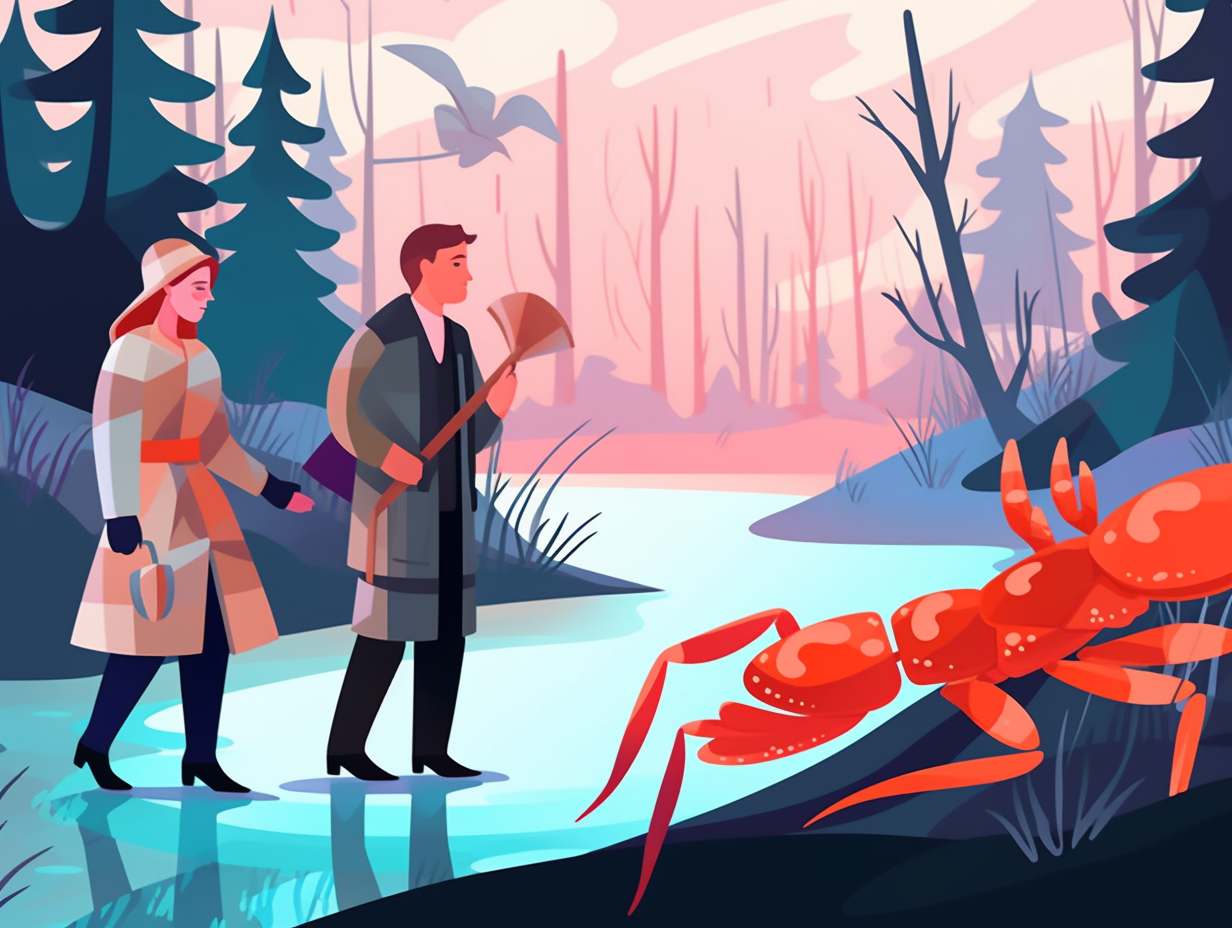
5. Mantis Shrimp: Masters of Technicolor Vision
Step aside, Superman: the real masters of enhanced vision are mantis shrimps. These little power punchers are practically walking rainbows, seeing life in technicolor on steroids! The serious reveal: Thanks to their compound eyes – equipped with a staggering 10,000 photoreceptive units and 12 channels of color, including UV and polarised light – mantis shrimps boast a perception of the world that far surpasses human sight, making them the envy of the animal kingdom…and the stuff of comic book dreams.
Source => science.org.au
6. Fiddler Crabs' Egyptian Claw Dance
Fiddler crabs seem to have taken a cue from '80s pop sensation, The Bangles, performing their own crustacean rendition of "Walk Like an Egyptian": Male fiddler crabs perform synchronized claw waving, particularly when a female crab is nearby, as a competitive display to attract attention and enhance their chances of mating.
Source => academic.oup.com
7. Pistol Shrimp: Purifying Water with a Snap
When life gives you shrimp, make... purified water? That's right, folks, our caridean friends hold the almighty power to cleanse H2O: The pistol shrimp's incredible claw can snap with such force that it generates heat as hot as the sun, capable of purifying water. Taking as little as 15 microseconds, this shrimpy superpower has been tapped for fancy tech applications such as breaking up kidney stones and analyzing propeller damage on planes and boats. Talk about a shell of a good time!
Source => magazine.viterbi.usc.edu
8. Hermit Crab & Sea Anemone: Dynamic Duo
Talk about moving with a sting in your tail: hermit crabs form a formidable alliance with sea anemones by attaching them to their shells, warding off predators with the anemone's unpleasant sting and giving the anemone a free ride with food to boot. Whenever these savvy crustaceans upgrade to a new shell, they don't forget their prickly friends and engage in a little "anemone relocation" to keep the partnership going strong!
Source => seatalespublishing.com
9. Sally Lightfoot Crabs: Striking, Colorful Wardrobe
Feeling crabby or just naturally dazzling? Let's paint the town red, blue, and orange with Sally Lightfoot crabs: These crustacean fashionistas astound with their striking palette of bright blues, vivid oranges, and fierce reds, cleverly masquerading in their vibrant environment to outsmart predators.
Source => birdsasart-blog.com
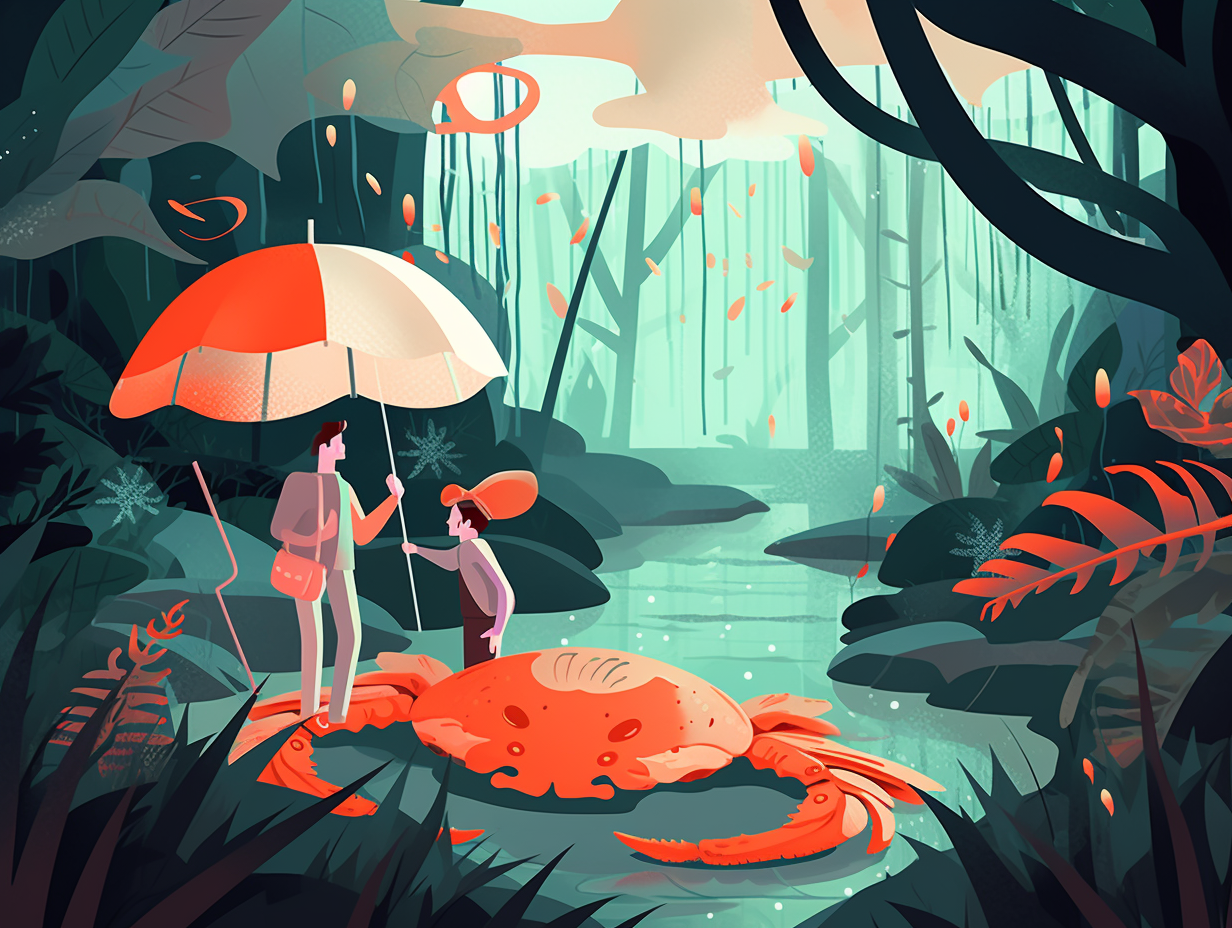
10. Coconut Crabs: Bird Snatchers & Tree Climbers
Who you gonna call? Crab busters! These coconut-cracking crabbies have an appetite for more than just tropical treats, and they're not afraid of snagging a full-grown birdie for dinner: The coconut crab's claim to fame includes climbing up trees, nabbing an adult red-footed booby, then breaking its wing and crushing the bird to bits, all this while fellow crabs flock together for their share of the aerial delicacy, as witnessed by a Dartmouth researcher and National Geographic explorer in the Indian Ocean.
Source => cbsnews.com
11. Built-in Battering Ram: Mantis Shrimp's Arm
Step aside, Thor and your puny hammer: this crustacean has a built-in battering ram! The mantis shrimp's arm boasts a saddle-shaped structure that expertly stores energy when pulled back. Sporting a ceramic top layer and plastic-like biopolymer bottom, this tiny powerhouse can hold massive amounts of energy without breaking upon release. With potential applications in microrobots for jumping or mini battering rams to demolish obstacles, it seems like crustaceans are giving Norse gods a run for their money in the hero department.
Source => newscientist.com
12. Crayfish Recycling: Eating Their Own Shells
Talk about recycling at its finest: crustacean style! These clever little crayfish turn their old homes into a calcium-rich buffet for their growing bodies. In a pinch, they munch: Crayfish consume their own molted shells, replenishing their calcium and mineral needs while keeping things tidy in their aquatic abodes.
Source => adoptandshop.org
Related Fun Facts



